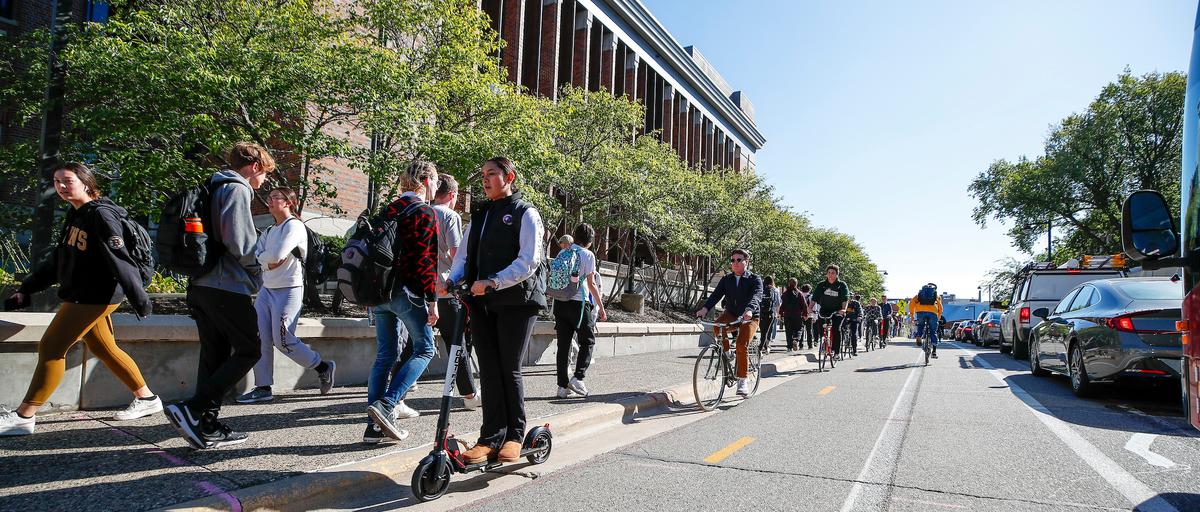
The Human Factors Safety Laboratory (HFSL) is a team of behavioral scientists and engineers that employ the tools and methods of human factors engineering and engineering psychology to improve safety and performance in high-risk domains, such as transportation and health care.
The Human Factors Safety Laboratory (HFSL) is a facility of the University of Minnesota's Department of Mechanical Engineering. The laboratory also collaborates or corresponds with the University of Minnesota's Center for Transportation Studies, School of Public Health, and the M Simulation training center for the health sciences.
Driver & Pedestrian Safety
Our lab has a long history of research on improving driver safety. This research uses multiple methods, including driving simulation and improving data collection on crashes with user-centered design for crash reporting by law enforcement. Our team also studies pedestrian safety, with a focus on driver-pedestrian interactions.
Challenging Road Environments
Much of our research has focused on difficult road environments that increase risk for drivers and workers. These environments include work zones, the operation and safety of snowplows during winter weather, and novel road infrastructure such as J-Turns.
Technology & Systems
Our team has designed and built or assisted in the development of technological systems to improve safety outcomes. These include lane boundary guidance systems, lane departure warning systems, hazard warning and collision detection systems, connected vehicles, and in-vehicle smartphone applications for assisting drivers.
Healthcare & Combat Medicine
The lab has been involved in healthcare human factors projects including reducing error and risk in pharmacies and in combat medicine, with an emphasis on tactical field care and training improvement. The primary methods for this research include observational approaches and medical simulation.